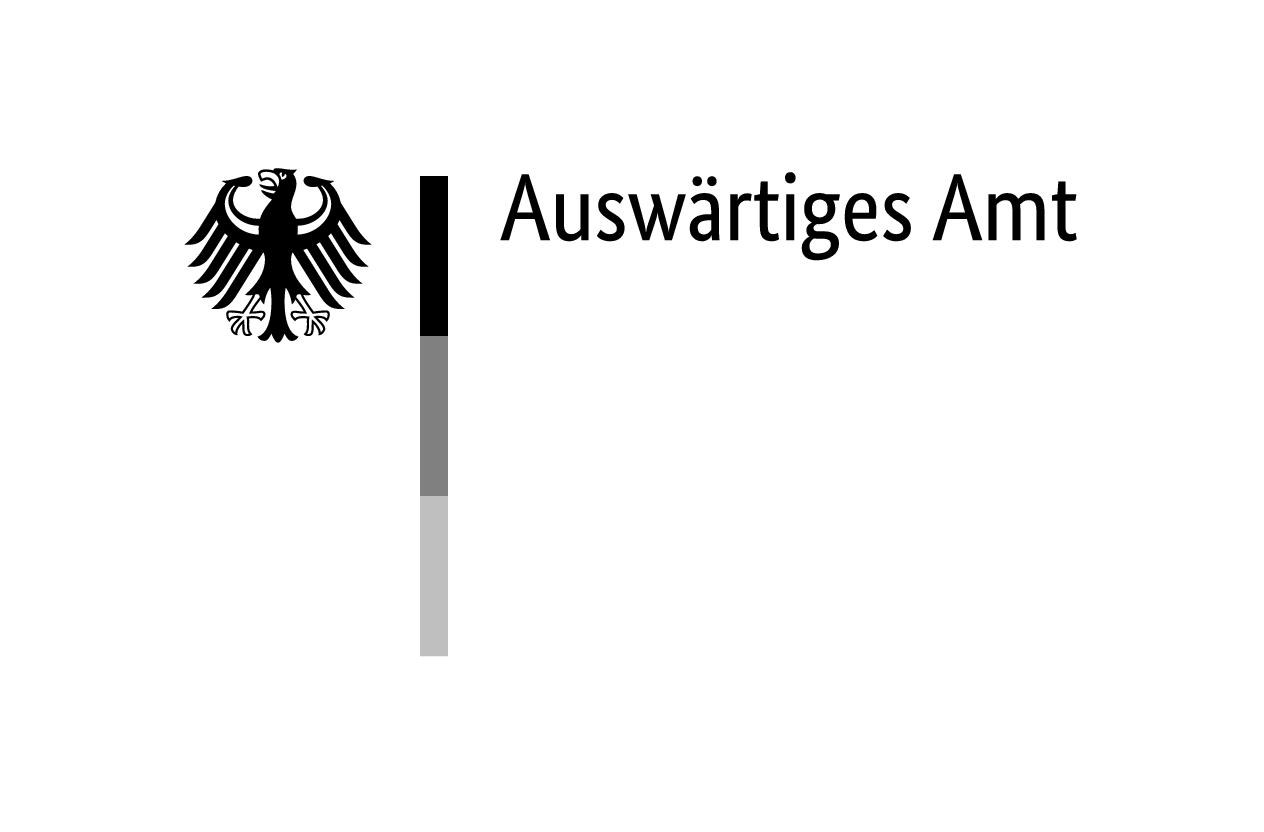The village of Tossicia is located on the eastern side of the Gran Sasso massif, in the Abruzzo Apennines, Italy. Lying around 30 kilometres from the city of Teramo, Tossicia had just under 3,000 inhabitants in June 1940, when some buildings not far from the village centre were designated as a concentration camp (campo di concentramento). The facility comprised two residential buildings, and later a smaller house was added, making a total of 120 places available.1Archivio Centrale dello Stato (ACS) [Central State Archives], Ministero degli Interni (MI) [Ministry of the Interior], Direzione Generale Pubblica Sicurezza (DGPS) [Directorate General of Public Security], Divisione Affari Generali e Riservati (DAGER) [General and Secret Affairs Division], Massime, b. 136, Fasc. Campi concentramento – Teramo [Concentration camps – Teramo].
The Tossicia camp was one of the few that was run by a Podestà; these were mayors who, from 1926 onwards, were appointed by the central government. The Podestà was assisted in the administration of the camp by his deputy and the town clerk. A sergeant and four soldiers of the Carabinieri, whose barracks were only 50 metres away from the camp buildings, were responsible for guarding the camp.
The Internees
The camp was opened in August 1940 and initially housed foreign Jews and Chinese people. These were later transferred to other camps, because the extremely poor hygienic conditions would have required thorough sanitation work, which was never undertaken. The buildings used as concentration camps had neither running water nor sewage systems, and the latrines jeopardised the health of the internees. The first 35 Roma from the Province of Ljubljana arrived on 22 June 1942, followed by a further 78 on 22 July.2Archivio storico del Comune di Tossicia [Historical Archive of the Municipality of Tossicia], Cat. XIV, Pubblica Sicurezza [Public Security], b. 2, Fasc. 23, Elenco degli internati [List of internees]. By June 1943, a total of 118 people had been interned.3During the internment, seven children were born and there were two deaths (a newborn and a boy who died in hospital in Teramo after a long illness). Archivio storico del Comune di Tossicia, Cat. XIV, Pubblica Sicurezza, b. 2, Fasc. 23, Elenco degli internati.
Escape in September 1943
The confusing situation after the armistice between the government of Pietro Badoglio (1871–1956) and the Allies had an impact on the Tossicia concentration camp. On the night of 26 September 1943, all the internees were able to escape as they were no longer under surveillance. After their escape, the Roma hid in the Abruzzi mountains, where they received help from both peasants and partisans.
On 10 October 1943, the chief of police in Teramo issued a circular decree ordering that the fugitives be tracked down, but it was not until March 1944 that two Roma families, 16 people in total, were arrested in Forlì, Emilia-Romagna region, and brought back to Teramo. As there were no more places available in the concentration camps in the province of Teramo, they were housed in the rooms of the municipal welfare office [Ente Comunale Assistenza], where they were monitored by police officers from the police headquarters.
At this point, the Province of Teramo was subject to the Italian Social Republic [Repubblica Sociale Italiana, RSI]. As the head of the province (as the prefect was called in the RSI) did not know where to accommodate the two families, he turned to the Italian Red Cross Committee [Comitato Italiano Croce Rossa, CICR] to issue them with a pass to enable them to make the long journey back to Julian Venetia and Slovenia. Both families refused to make the journey and asked to be allowed to stay in the Province of Teramo, explaining that they feared revenge from the ‘insurgents’, i.e. the Yugoslav partisans. The provincial chief authorised their request to stay in Teramo. Two months later, the German troops withdrew from the city.
The End of the War, Documentation and Commemoration
After the war, most of the former internees did not return to Yugoslavia, but went to northern Italy to return to the horse trade.
A brief reference to the living conditions of the internees can be found in the autobiography of the Istrian Rom Giuseppe Levakovich (1902–1988), who was able to make contact with some of the internees. There is also a report by the former internee Rave Hudorovich (biographical data unknown), which was published in the magazine Lacio Drom in 1983. In addition, the ethnographer Jane Dick Zatta (1947–2005) conducted and published interviews with former internees at the end of the 1990s.
On 27 January 2013, Sinti and Roma associations had a memorial plaque placed on one of the buildings used as a concentration camp in Tossicia.




